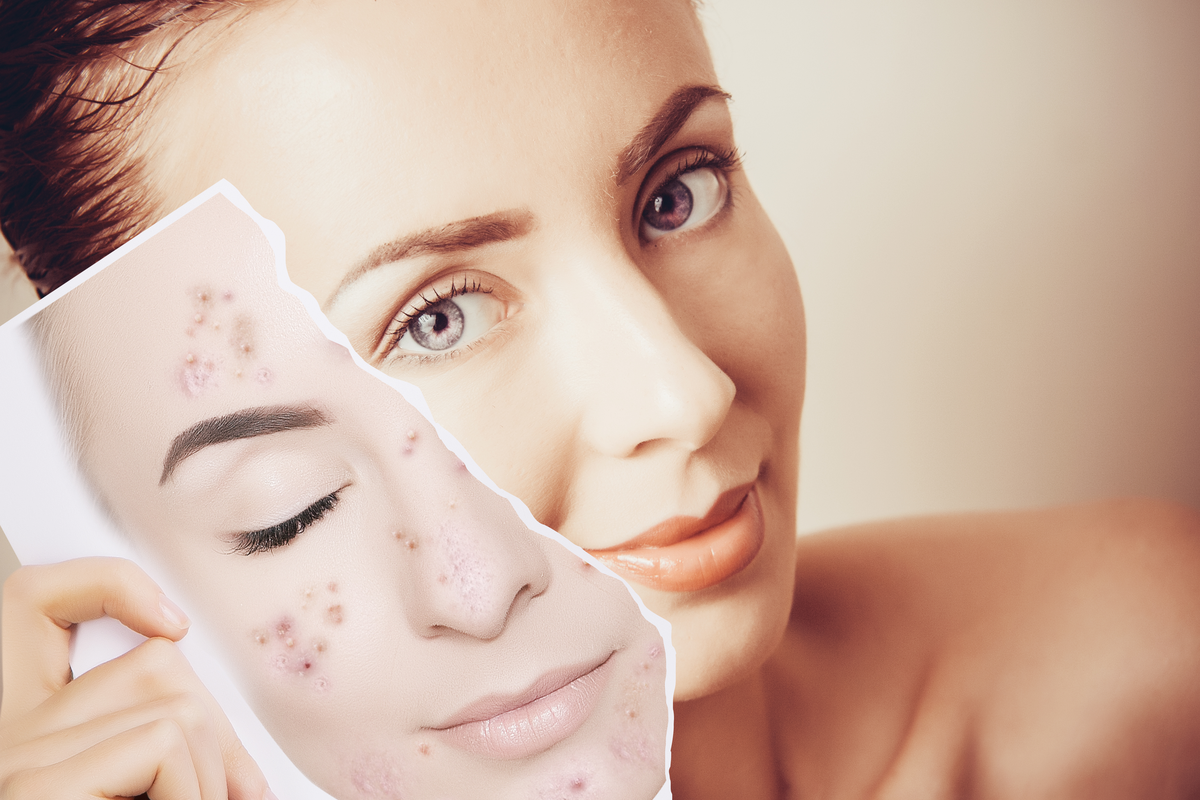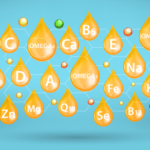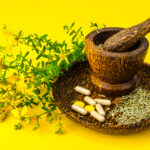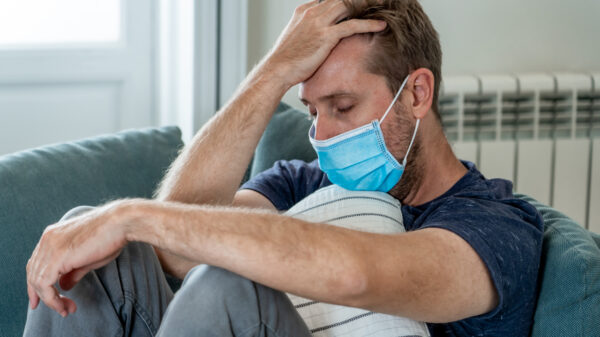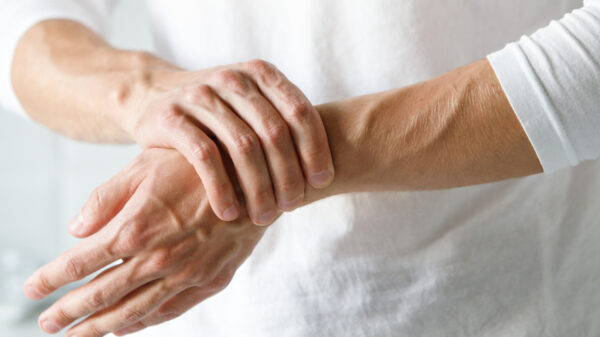A good skincare routine is quite essential when you have acne-prone skin. Your daily skincare routine helps in removing excess oil, making pores clean and speeding up the healing process of blemishes on the skin.
With so many products available in the market, it becomes extremely confusing to create an acne skincare routine. But your acne skincare routine should be effective rather than complex.
You just need to take some time out twice a day, and often you will have everything that you need already in your home. What you don’t have you can get from a nearby store. There is no need to spend money on expensive products.
Acne types
You hear this term ‘breakout’ used to explain forms of acne, but this is not always right. Not all forms of acne spread across skin only.
Clogged pores lead to acne as well. These might be attributed to:
· Sebum (excess oil production)
· Hormones
· Bacteria
· Ingrown hairs
· Dead skin cells
Acne is also linked with hormonal imbalances, especially during the teenage years. But adults also experience acne. Around 17 million Americans suffer from acne issues, and it is considered the most common skin condition in children and adults.
Identifying the type of acne is a key factor leading to successful treatment. Acne can be inflammatory or non-inflammatory. Subtypes of acne under these two categories include:
· Nodules
· Whiteheads
· Blackheads
· Cysts
· Papules
· Pustules
It is even possible that you may have multiple forms of acne at one time. Some severe cases may need a visit to the dermatologist.
Causes of acne
Understanding the process of acne allows getting an understanding of skin as well. The surface of the skin is covered in small holes that are connected to oil glands or called sebaceous glands under the skin.
Such holes are known as pores. The sebaceous gland produces oily liquid known as sebum. The oil glands transfer sebum up to the surface of the skin through a channel called a follicle.
The oil removes dead skin cells by taking them through the follicle to the skin’s surface. A very thin piece of hair grows through the follicle as well.
When the skin becomes clogged up with dead skin cells, bacteria, and excess oil, it results in acne. During puberty, hormone imbalances cause oil glands to produce extra oil which further increases the risk of acne.
There are 3 main forms of acne:
1. A whitehead is a form of the pore that gets clogged and stays close but stands out on the skin. They appear as a white color and hard bump on the skin.
2. A blackhead is a form of the pore that gets clogged and stays open. It appears as dark spots on the surface of the skin.
3. A pimple is a form of pore whose walls are open and allow bacteria, dead skin cells, and oil to get beneath the skin. They appear as red bumps and are sometimes filled with pus with white top.
Tips for acne skincare
Here is the list of the things mentioned that you should and should not do when you are following a skincare routine for acne. These step-by-step instructions allow giving more details.
1. Cleanse Gently but Well
Cleanse your face by using your fingertips with a soft cloth. Target your jawline, neck, and front and back of the ears. Don’t use any scrub or rough pads.
It is important to ensure that you are using the right cleanser for your skin. OTC treatment wash is fine if you have mild breakouts only. Try to choose one that contains benzoyl peroxide or salicylic acid.
If you are using some prescribed acne medications, then go for some gentle and non-medicated cleanser. Neutrogena bar, Cetaphil, and Unscented Dove are good choices.
If you wear make-up every day or if your skin becomes extra dirty by working all day out, then do a double wash at night. Cleanse, rinse it well, and then repeat. This will remove all the makeup residuals, dirt, and sweat from your face.
2. Skin Toner or Astringent
Based upon ingredients used in them, astringents or toners are helpful in removing extra oil, fight blackheads, and blemishes, and hydrate your skin.
Apply a small amount of toner on some cotton pad and gently apply on the face and neck area. It will help in removing make-up residuals and extra oil.
Astringents are formulated to remove extra oil from the skin; hence, they are best for oily skin. If your skin is dry naturally or has become dry due to the use of acne treatments, hydrating toner is going to help you a lot.
3. Acne Treatment Medications
After washing your face thoroughly or after applying toner, you can apply acne treatment creams on dried skin as per directions.
This can be some OTC acne cream or gel, or some prescribed medication by the doctor. Completely absorb the medication until it gets dry before moving on to the next step.
For choosing acne treatment medication, seek a dermatologist’s advice.
4. Face Moisturizer or Gel
Moisturizing oily skin seems bizarre but it is an important step actually. Acne medications can cause dryness on the skin and the skin may lose its moisture. Apply some light moisturizer two times a day to get rid of dry and peeling skin.
Your moisturizer must not leave your skin all greasy. There are some special moisturizers available for oily skin types that don’t get absorbed completely.
Moisturizing lotions or gels are lighter than creams. Choose one that is non-comedogenic and oil-free. You may need to try on different brands to find the right one for you.
5. Sun Protection
This step is vital in the morning routine ritual. Many acne treatment medications and exfoliating ingredients found in them can make skin more vulnerable to skin damage (photosensitivity).
You don’t have to buy some new sunscreen products. Many moisturizers already contain sun protection factors (SRF) to give you sun protection additionally. If your moisturizer does not have SRF then you must buy some new sunscreen product.
Go for that is specially designed for the face. Facial sunscreens are less oily and also don’t contain a special sunscreen aroma.
6. Clinical treatment
Dermatologists recommend different treatments for fighting off acne. They are divided into prescription-strength medication and in-office procedures.
7. Medication
According to Tonkovic-Capin, they include:
A short course of oral antibiotics
Prescription topical antibiotics
8. Topical retinoids
Both antibiotics (such as tetracyclines and benzoyl peroxide) and retinoids (such as tretinoin) are best for nodules and cysts.
Acne based on hormonal issues may need a prescription for oral spironolactone (prescribed off-label) or birth control pills (combination pills).
However, even if acne is not caused by hormonal imbalances, these medications are still effective. If you have an acne problem, ask your doctor about these medications.
Diet for acne skin
· Low-glycemic diets
Many studies suggest that following a low-glycemic diet or one containing low sugars can be helpful in preventing and improving acne. One study of Korean patients indicated that following a low-glycemic diet for 10 weeks led to significant improvements in acne.
· Zinc
Studies indicate that eating foods containing rich amounts of zinc can be beneficial for the prevention and treatment of acne. Zinc-rich foods are:
· Cashews
· Turkey
· Seafood like crab and oysters
· Beef
· Quinoa
· Pumpkin seeds
· lentils
· Vitamins A and E
One study published in the Journal of Cutaneous Ocular Toxicology stated that low levels of vitamins A and E may cause severe acne.
They also suggested that people with acne may reduce the severity of their problem by taking these vitamins rich foods in their diets.
Consult your doctor about taking vitamin A supplements. Vitamin A toxicity may cause permanent damage to some organs.
· Antioxidants and omega-3 fatty acids
Omega-3 fatty acids are essential fats present in some animal and plant-protein sources, including eggs and fish.
Antioxidants are chemicals that aid in neutralizing the damage caused by toxins in the body. Omega-3 fatty acids and antioxidants together are known to reduce inflammation.
Studies indicated a connection between increased intake of antioxidants and omega-3 fatty acids and a significant reduction in acne.

